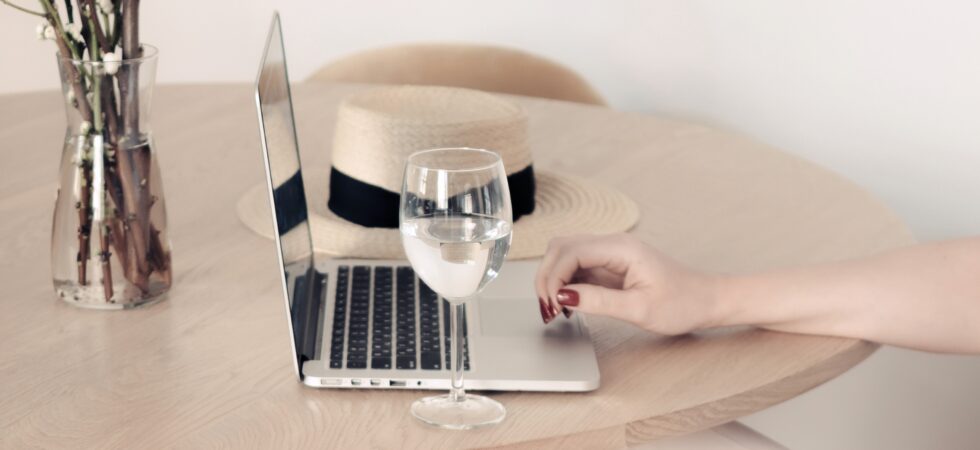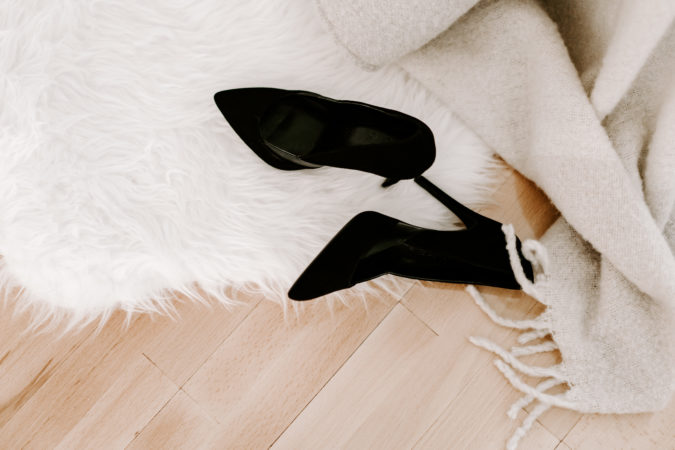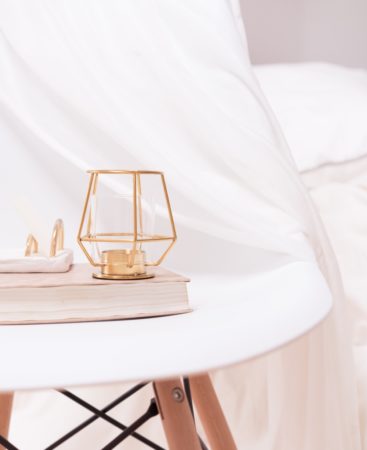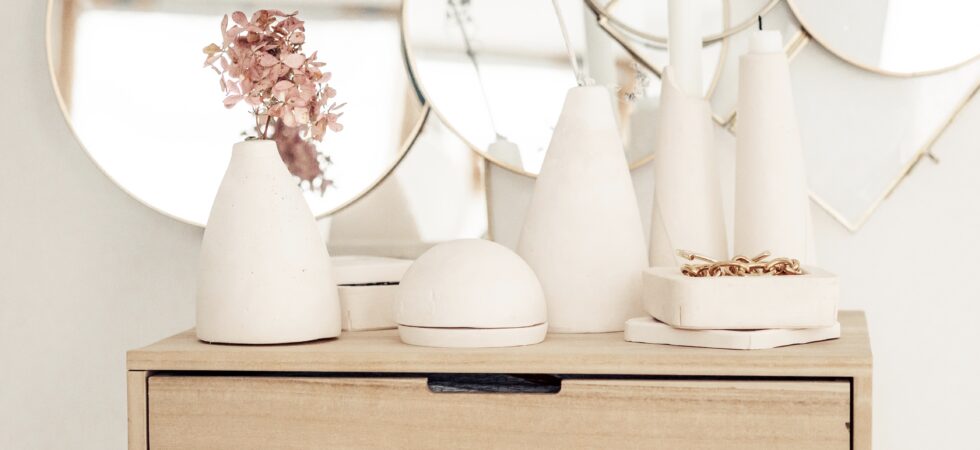Hi, there lovely readers – I’ve been thinking about our new way of communicating. How many of you have conducted happy hour drinkies with friends, checked in on family, collaborated with work colleagues, the children’s school teachers, and perhaps even your doctor via video call? Most of you I’m sure, for it’s the new norm. And I’m beginning to find it exhausting, aren’t you? It seems I’m not alone for the feeling has spurred talk of a new psychological affliction: “Zoom fatigue.”![]() Mentions of “Zoom fatigue” have increasingly popped up on social media, and Google searches for the same phrase have steadily increased since we moved to self-isolation. So why are we finding video calls so draining?
Mentions of “Zoom fatigue” have increasingly popped up on social media, and Google searches for the same phrase have steadily increased since we moved to self-isolation. So why are we finding video calls so draining?
Video conferencing forces us to focus more intently on conversations to absorb information, 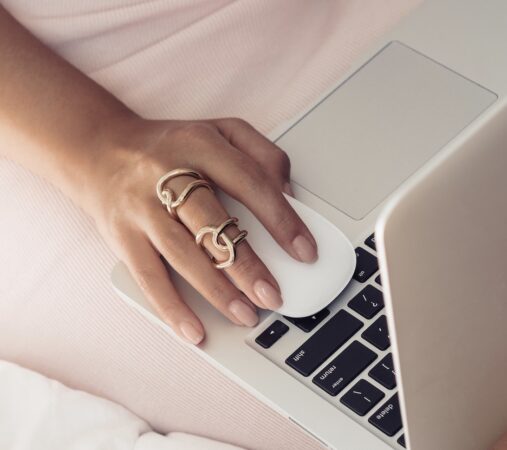 whereas when in a conference room, a whispered side exchange can help us quickly catch up if we’ve been distracted. Unless we use the private chat feature or fiddle with the unmute button to ask a colleague to repeat themselves, the information goes begging.
whereas when in a conference room, a whispered side exchange can help us quickly catch up if we’ve been distracted. Unless we use the private chat feature or fiddle with the unmute button to ask a colleague to repeat themselves, the information goes begging.
Video calls also make it easier than ever to lose focus. We figure that yes, we absolutely can listen while checking our email, texting a friend, popping an emoji on WhatsApp, and all within the same thirty seconds. Except, of course, such distractions mean we don’t end up doing much listening at all. Oh! And add to this our work-from-home situations.
We’re no longer just dialing into one or two virtual meetings, and if we don’t have a private space to do so, we’re continually asking our loved ones not to disturb us. Or we are trying not to laugh as they slither across the floor to grab something from the dining table.
How we process information via video calls also contributes to “Zoom fatigue”, given the only 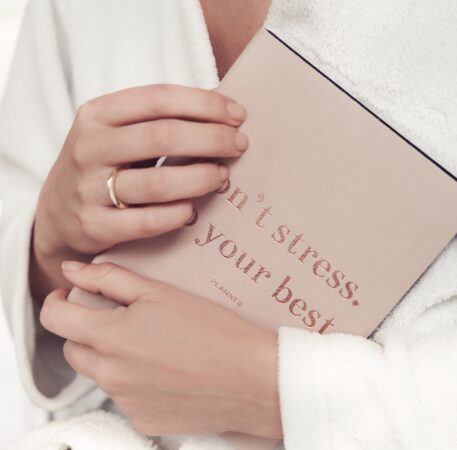 way we can show we’re paying attention is to look at the camera. In real life, how often do we stand within three feet of a colleague and stare at their face? Rarely. Engaging in a “constant gaze” makes us both uncomfortable and tired.
way we can show we’re paying attention is to look at the camera. In real life, how often do we stand within three feet of a colleague and stare at their face? Rarely. Engaging in a “constant gaze” makes us both uncomfortable and tired.
In-person, we use our peripheral vision to glance out the window or look at others in the room, on a video call we worry that by doing so, folk will think we’re not paying attention. On a video call, we are also staring at a small image of ourselves, hyper-aware of every wrinkle, every expression, and we’re worried about how folk might interpret us. No wonder our brains are growing fatigued.
It’s not all bad news! Here are five research-based tips that can help us all make video calls less exhausting.
Stop Multitasking
We think we can combat more tasks in less time; however, research shows that trying to do multiple things at once actually compromises performance. As we need to turn certain parts of our brain off and on for different types of work, switching between tasks can cost as much as 40 % of our productive time. Researchers also say that when we multitask, we can’t remember things as well as our more singularly focused peers.
When next you’re on video chat, close any tabs or programs that might distract you, put your phone away, and stay present. That text, email, or Snapchat response can wait 15 minutes, and you’ll be able to craft a better response when you’ve finished.
Build in a break or two
Schedule mini-breaks during longer calls by minimising the window or by taking your gaze away from your computer for a few seconds. It’s possible to listen without staring at the screen for the whole duration. Simply let your eyes rest for a moment. For those days when you’ve back-to-back calls, try making them 25 or 50 minutes; giving yourself enough time in between to get up, stretch and move around before the next. If you are on a video call of an hour or more, let folks know it’s okay to turn their cameras off for parts of the call.
Reduce onscreen stimuli
Research shows that when we’re on video, we tend to spend the most time gazing at our own face. To avoid this, hide yourself from view. I’m sure you won’t be surprised to learn that on video, we focus on other people’s backgrounds as well. Viewing the furniture, plants, and wallpaper in five or more other people’s rooms means our brains have to process multiple visual environmental cues at the same time. Encouraging people to use plain backgrounds, or agree as a group to have everyone who is not talking turn off their video will help combat mental fatigue.
Make virtual social events optional
After days of back-to-back video calls, it’s normal to feel drained, particularly if you’re an 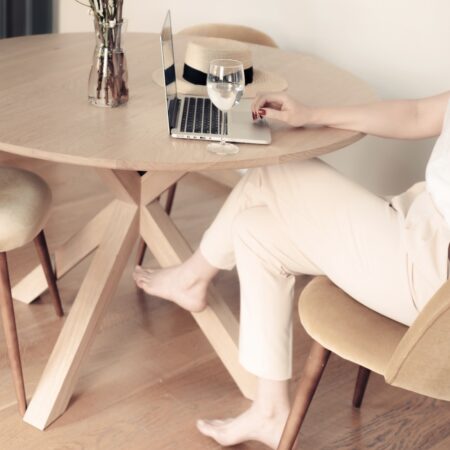 introvert. Keeping virtual social sessions optional, meaning that people are welcome but not obligated to join will help. Why not appoint a facilitator if you’re expecting a large group. And to ensure everyone doesn’t start speaking at once, make it clear in what order people should talk so that all have the opportunity to hear one another. Create and circulate a brief framework of goals as well for it’s easy to get overwhelmed when we are unsure of what the video call expects of us, or if we’re continually trying to figure out when we should or should not chime in.
introvert. Keeping virtual social sessions optional, meaning that people are welcome but not obligated to join will help. Why not appoint a facilitator if you’re expecting a large group. And to ensure everyone doesn’t start speaking at once, make it clear in what order people should talk so that all have the opportunity to hear one another. Create and circulate a brief framework of goals as well for it’s easy to get overwhelmed when we are unsure of what the video call expects of us, or if we’re continually trying to figure out when we should or should not chime in.
Switch to phone calls or email
Are there any conversations you could have over Slack or email instead? If it’s late, you’re feeling video fatigued, and you’ve yet another call, why not ask the person with whom you plan to speak “I’d love a break from video calls, how would you feel if we were to do this over the phone?” I bet your one on one will appreciate.
Many people now feel a tendency to treat video as the default for all communication. Yet, video calls can feel relatively intimate and invasive in some situations, especially when communicating with people such as clients or network outside of your organisation. Folk with whom you’d usually talk to via phone. If your client FaceTimes you with no warning, it’s okay to decline and suggest a call instead.
Having stared at my own and 25 other faces across 30 hours from midnight to dawn for five days straight, I fell into a classic state of Zoom fatigue and will thus be implementing every one of these steps! Of course, feel free to add your own suggestions in the comments box.
Stay safe, dear reader x

